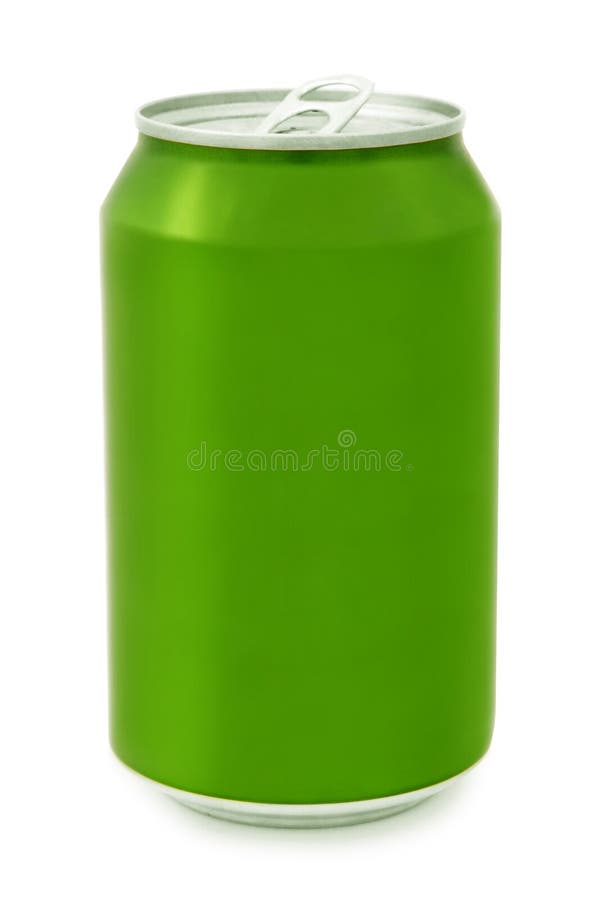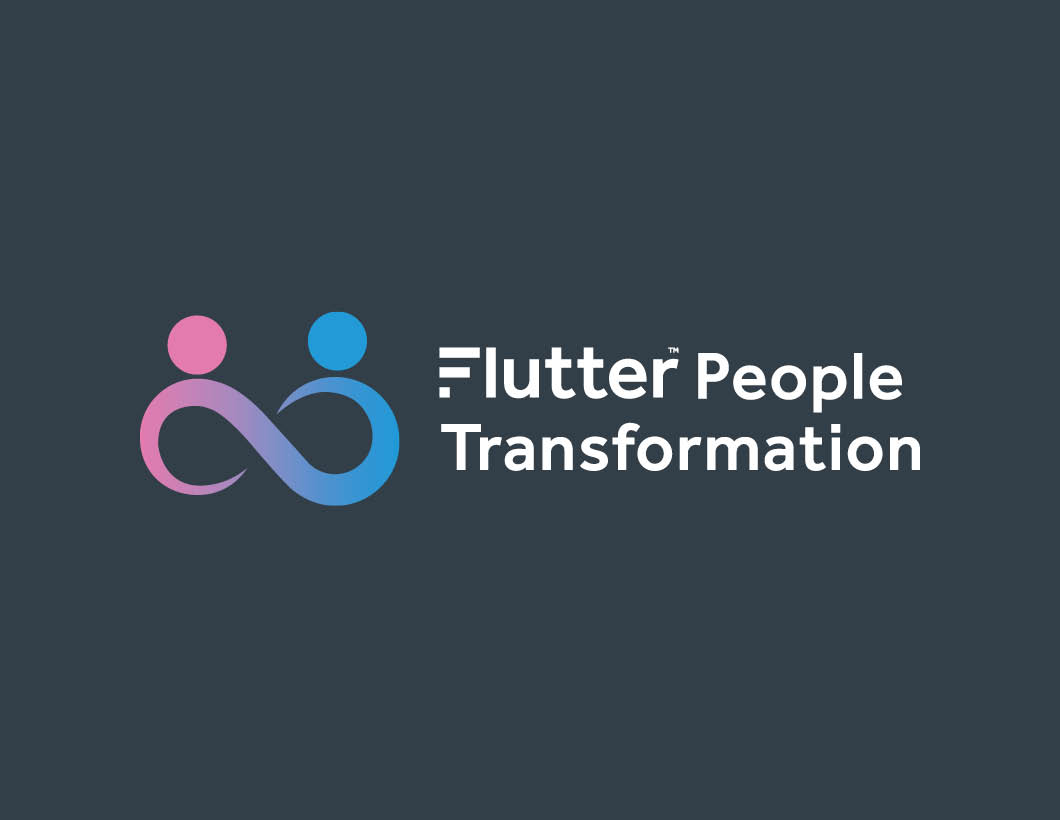Unlocking Success: The Core Component of Intensive Health Behavior and Lifestyle Treatment
Understanding Intensive Health Behavior and Lifestyle Treatment
Intensive health behavior and lifestyle treatment (IHBLT) is a comprehensive, evidence-based approach designed to help individuals-especially children and families-adopt healthier habits. These programs are vital in addressing obesity, chronic disease, and unhealthy behaviors by focusing on practical, sustainable change. But what is the main component that drives their effectiveness?
The Main Component: Behavior Therapy
Behavior therapy is the core component of intensive health behavior and lifestyle treatment. This approach provides structured guidance to help individuals recognize, monitor, and change behaviors that impact their health, such as eating patterns and physical activity levels. Through regular sessions, participants learn to self-monitor, set realistic goals, and overcome barriers to change. Behavioral strategies are reinforced through assignments and ongoing support, enabling participants to make lasting improvements to their lifestyle [1] .
How Behavior Therapy Works in Practice
In a typical IHBLT program, participants meet with trained professionals-such as dietitians, behavioral health specialists, or health coaches-on a weekly basis for an initial period (often the first six months). These sessions combine educational content with practical exercises. Each meeting starts with a private check-in or weigh-in, followed by a review of progress toward dietary and activity goals. The remainder of the session introduces new behavioral strategies, such as problem-solving or self-regulation techniques. Homework assignments help reinforce these strategies at home [1] .
Real-World Example: Family-Based Behavioral Treatment (FBT)
Family-Based Behavioral Treatment (FBT) is a leading example of a program built around behavior therapy. FBT empowers families to work together, making healthy eating and activity a shared goal. Programs like FBT include at least 26 hours of intervention over several months and are delivered in group or individual formats. The focus is on creating supportive home environments, positive parenting, and skill-building for lasting change [4] .
Key Elements Supporting Behavior Therapy
While behavior therapy forms the foundation, successful IHBLT programs also incorporate:
- Nutrition Education: Teaching participants about healthier food choices and meal planning.
- Physical Activity Promotion: Encouraging increased movement through structured and enjoyable activities.
- Parental and Family Engagement: Involving the entire family to create a supportive environment for children and adults alike [2] .
Step-by-Step Guidance to Access Intensive Health Behavior and Lifestyle Treatment
If you or your family are interested in joining an IHBLT program, here are steps you can take:
- Consult Your Healthcare Provider: Ask your primary care doctor or pediatrician about intensive lifestyle treatment options in your area. Many providers can refer you to recognized programs.
- Review Insurance Coverage: Contact your health insurance company to determine what types of obesity screening, counseling, and behavioral treatments are covered. Specifically request information about coverage for intensive behavioral lifestyle treatment or family healthy weight programs. If you have Medicaid or CHIP, ask your case manager about available options [2] .
- Explore Recognized Programs: The Centers for Disease Control and Prevention (CDC) maintains a list of recognized Family Healthy Weight Programs. You can visit the official CDC website and search for ‘Family Healthy Weight Programs’ to find options near you [4] .
- Community Resources: Many community health centers, hospitals, and recreation departments offer evidence-based programs. Use search terms like ‘family-based behavioral treatment,’ ‘MEND program,’ or ‘Bright Bodies’ along with your city or state to find local opportunities.
- Virtual and Online Options: Some programs offer virtual participation, making them accessible even if you cannot attend in person. Ask program coordinators about remote or hybrid options.
Practical Application: What to Expect in a Program
Intensive lifestyle treatment programs typically begin with a comprehensive assessment, including health screenings and goal setting. Participants attend frequent sessions (often weekly), where they learn new skills, receive feedback, and practice behavior change techniques. Over time, the frequency of meetings may decrease to help maintain progress.
For example, in the MEND program for families with children aged 2-13, sessions are held twice weekly for 10 weeks, focusing on nutrition, exercise, and behavior change. Smart Moves for Kids/Bright Bodies combines physical activity, nutrition education, and behavior modification over 12 weeks, with both group and individual support [4] .

Source: fity.club
Overcoming Challenges and Sustaining Change
Making lasting behavior change is not always easy. Common challenges include lack of motivation, limited access to healthy foods or safe places to exercise, and competing family priorities. IHBLT programs address these barriers by providing:
- Motivational Interviewing: Helping participants explore and resolve ambivalence about change [5] .
- Goal Setting and Self-Monitoring: Teaching practical skills for tracking progress and adjusting behaviors.
- Problem-Solving Support: Offering tools for overcoming obstacles and maintaining momentum.
- Cultural Sensitivity: Ensuring programs are tailored to the unique needs of each participant and their community.
If a particular program is not available nearby, you can ask your healthcare provider about remote or telehealth options, or seek out materials and support groups online through reputable organizations such as the CDC or local hospitals.
Alternative Approaches and Additional Support
While behavior therapy is the mainstay, some individuals may benefit from additional interventions, such as:
- Medical management of obesity-related conditions
- Specialist care for complex cases
- Pharmacotherapy or, in rare cases, metabolic/bariatric surgery (typically for adults or adolescents with severe obesity and related health concerns)
Discuss these options with your healthcare provider to determine what is appropriate for your situation.
Summary of Key Takeaways
The main component of intensive health behavior and lifestyle treatment is behavior therapy , which enables participants to develop and sustain healthier eating, activity, and self-management habits. These programs are most effective when they include regular, frequent sessions, family engagement, and a multidisciplinary support team. Accessing these services typically involves coordination with healthcare providers, insurance review, and exploring recognized programs either locally or online. Overcoming barriers requires motivation, support, and practical tools for ongoing success.

Source: huffingtonpost.fr
References
- [1] National Institutes of Health (2013). Behavioral Lifestyle Intervention in the Treatment of Obesity.
- [2] Centers for Disease Control and Prevention (2023). Strategies for Family Healthy Weight Programs.
- [3] American Academy of Pediatrics (2020). Intensive Health Behavior and Lifestyle Treatment.
- [4] Centers for Disease Control and Prevention (2024). CDC-Recognized Family Healthy Weight Programs.
- [5] Indian Health Service (2024). Transforming Pediatric Obesity Care: The Power of Intensive Health Behavior and Lifestyle Treatment.
MORE FROM cheerdeal.com













